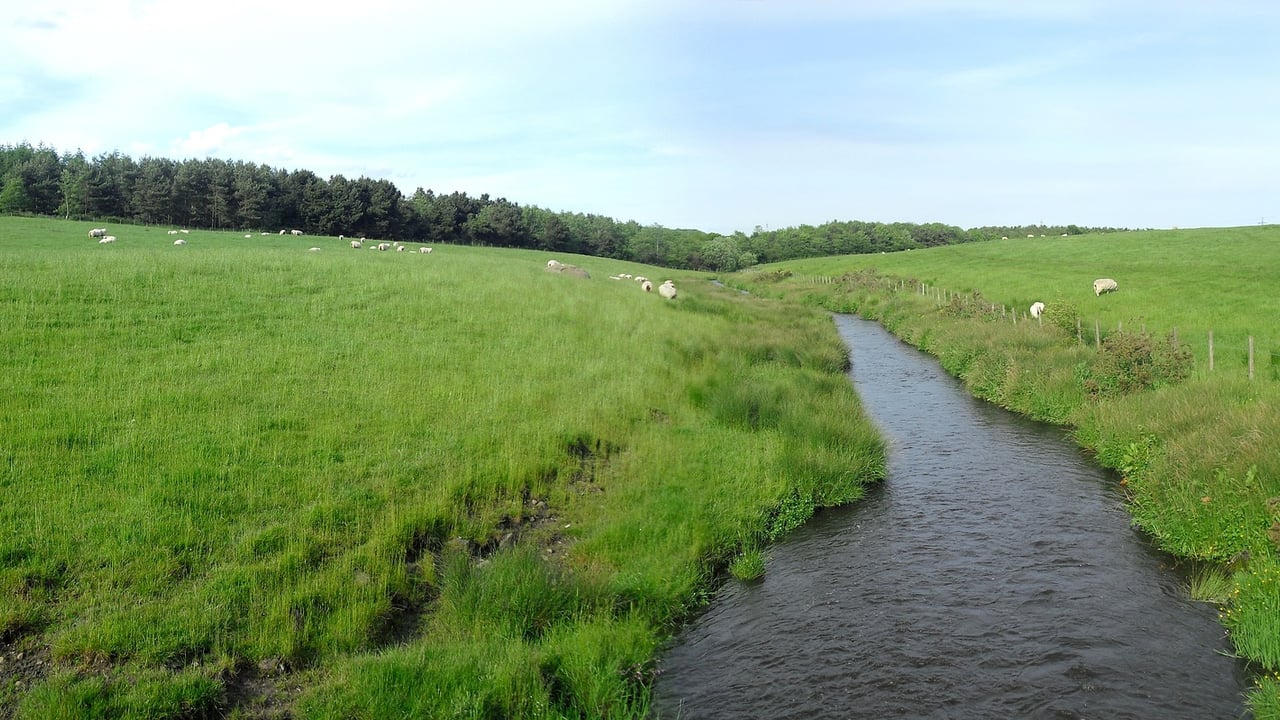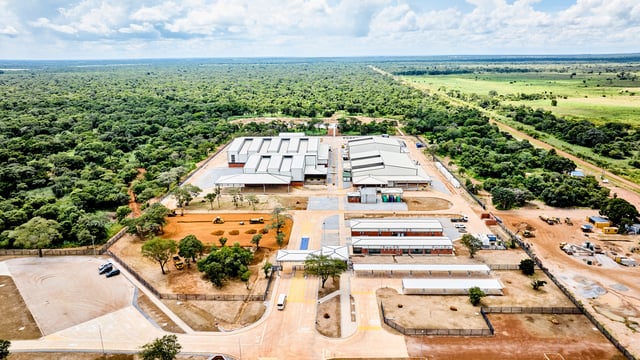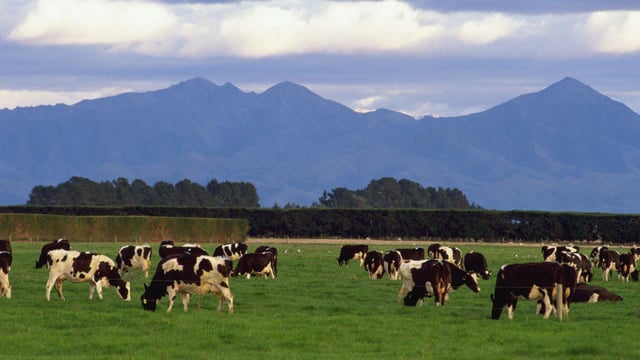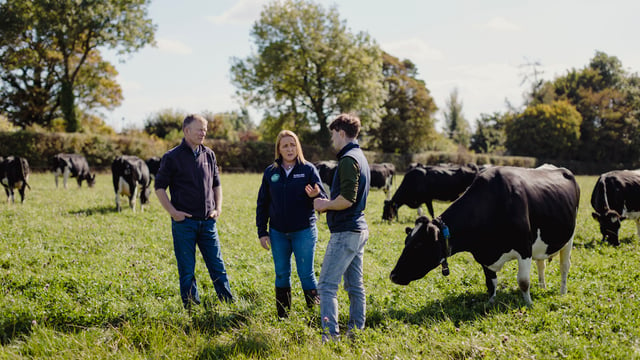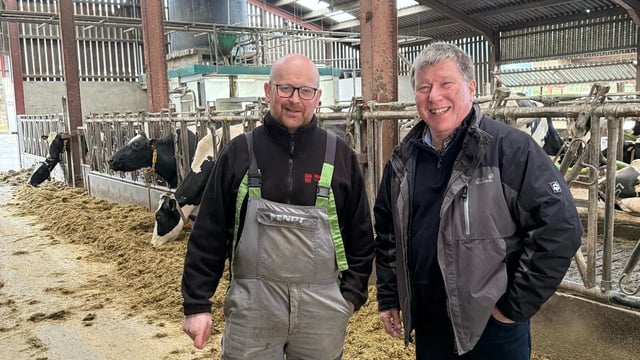Report 'provides confidence' in water quality measures on farms
The Irish Farmers' Association (IFA) has said that continued improvements in water quality demonstrate that the efforts of farmers are working.
IFA Environment Committee chair John Murphy said that the latest Environmental Protection Agency (EPA) report shows a decline in nitrogen concentrations in selected rivers over the last 12 months, compared with 2023 levels.
“This is the second publication of the early insight report and shows continued reduction in nitrogen concentrations.
"Typically, the early insights indicator provides a conservative estimate of the likely nitrogen concentrations nationally compared with the full national network data, which historically is typically lower,” he said.
Water quality
Murphy said that this is recognised in the report which states that a further decline in nitrate concentrations using the full national network data is likely, when this monitoring data is published later in the year.
“The report is important and should provide confidence that the measures adopted at farm level by farmers are delivering improvements to water quality, and that the sector is on the right track," he said.
The IFA Environment Committee chair said there is "a relentless focus" by the sector to improve water quality.
He pointed to programmes such as the Teagasc Better Farming for Water campaign and the Farming for Water EIP that are supporting farmers to implement targeted measures to deliver for water quality, biodiversity and climate.
“It’s vital that the findings of this report feed into the development of the next Nitrates Action Programme (NAP), and that the enormous pressure that has been placed on farmers with the constantly changing and evolving policy is lessened in the next cycle.
"The pace of regulatory change cannot be maintained; time must be provided for the existing measures and the targeted approach to continue to deliver improvements to water quality,” he said.
The EPA Early Insights Nitrogen Indicator has been developed to provide more timely information on nitrogen levels and is based on monitoring data at 20 major and representative rivers.
Overall, the early insights indicator shows that nitrogen levels have improved in 2024. However, nitrogen remains too high in the south-eastern half of the country, according to the EPA.
The report states that agriculture is the primary source of nitrogen in these areas.

